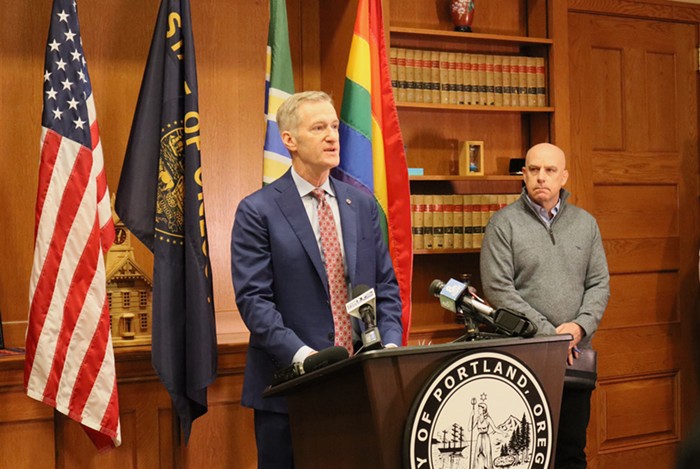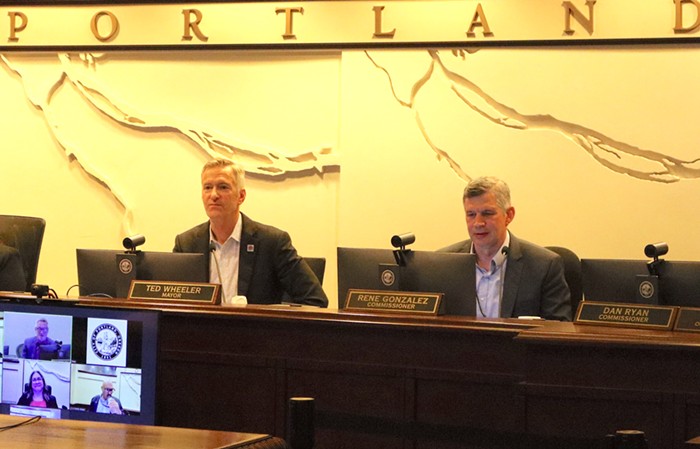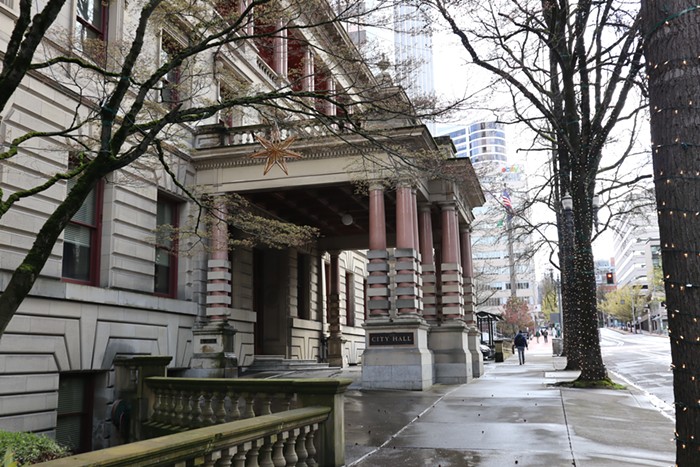
- Niv Bavarsky
The people working on Multnomah County's jail overcrowding problem are quick to say there's no easy explanation for how the jail population's gotten so unwieldy.
As discussed in today's issue of the Mercury, emergency releases from overcrowding shot from 82 in 2011 to more-than 900 in 2012. By the end of May this year, there were already 309.
And while it's true the issue is hugely complex, with a lot of moving parts and competing viewpoints, it seems there is, in fact, one pretty straightforward reason for the uptick: law enforcement's arresting more people.
According to newly released data, officers booked an average of almost seven more people a day into jail in 2012 compared to the prior year, but jailers released only about 4.5 more. That created an imbalance of 2.3 prisoners—which perfectly accounts for the massive uptick in emergency releases.
But of course it's more complicated.
"Why?" Portland Police Chief Mike Reese asked today, at a meeting of a county workgroup trying to solve the crowding issue. "What's causing the increase in arrests?"
"That's what we want to know, is what's driving this," said County Commissioner Judy Shiprack.
Only theories, so far, have emerged. Reese said he had the same amount of officers in 2011 and 2012, but noted that he'd beefed up resources in the bureau's Gang Enforcement Team, and also shifted efforts to property crime. Could that targeted enforcement have caused the problem?
District Attorney Rod Underhill noted there were increased reports of property crime. Maybe that contributed.
Whatever the reasons—the workgroup is trying to form more-solid hypotheses—one thing was starkly clear from today's meeting: the people the jail's releasing by the hundreds are serious offenders.
According to the data, the vast majority of prisoners let out last year were accused of felonies—719 of 913 total emergency releases. Twenty of those released were charged with Class U felonies, the most serious, and 99 had Class A felony charges. The bulk of released inmates had drug or property crime charges, as opposed to crimes against a person.
Just 197 of last year's releases had been charged with misdemeanors.
The numbers at first seem counterintuitive—why would the jail opt to release more potential felons than inmates charged with lesser crimes? The answer is that there are less misdemeanants in jail, and only a small portion of those are even eligible for a forced release. People who've been sentenced or are being held for probation violations have to stay put.
Some other tidbits from today's meeting:
•Defendants charged with misdemeanors on average spent a longer time in jail last year than in 2011, while felons had a shorter average length of stay
•Judges ordered inmates be set free less in 2012 than the previous year
•Emergency releases are most prevalent on Saturday and Sunday, when the courts are closed.


















